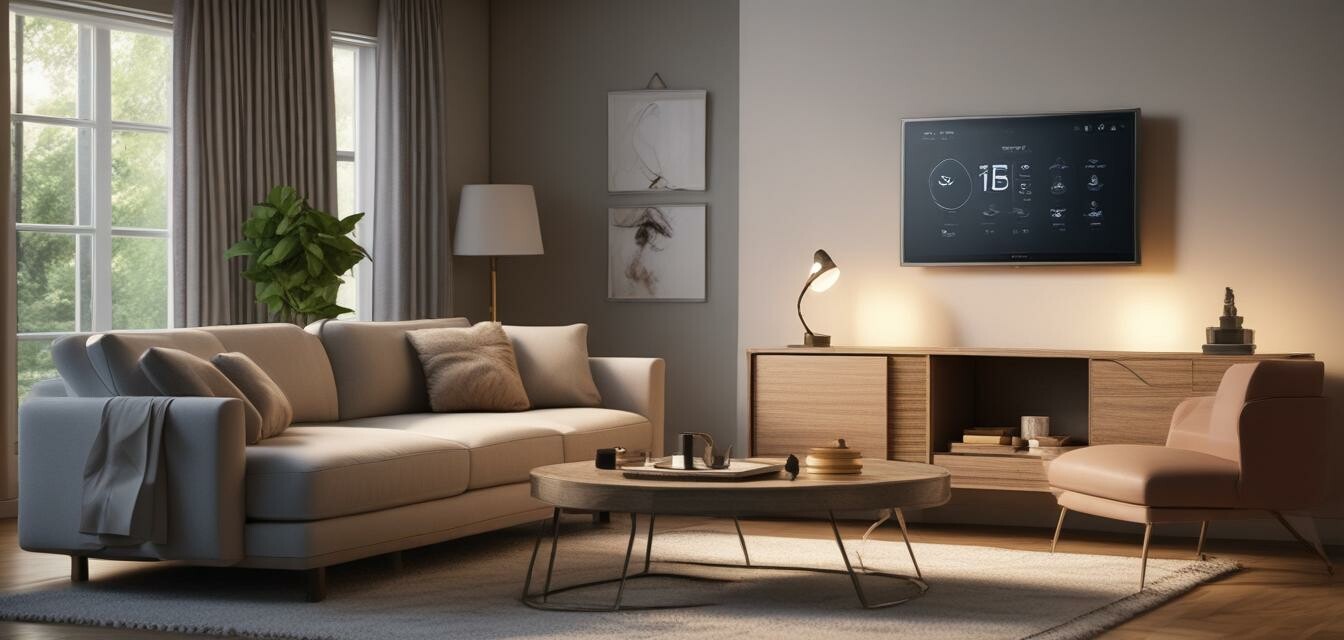
How Smart Devices Can Help You Go Green
Key Takeaways
- Smart devices can help reduce energy consumption.
- Automation leads to smarter energy management.
- Efficient appliances have a lower environmental impact.
- Smart monitoring helps track your usage and savings.
- Investing in smart technology can lead to long-term savings.
In today’s world, adopting smart devices is not only a trend but a necessary step towards embracing a sustainable lifestyle. With concerns over climate change and environmental degradation ever-growing, it’s critical to look at how technology can play a role in promoting eco-friendly practices in our daily lives. This article explores the various smart devices that can help you go green and reduce your carbon footprint.
The impact of smart devices on energy consumption
Smart technology offers innovative solutions for energy management. The following table summarizes the effectiveness of various smart devices in reducing energy consumption:
| Smart Device | How It Reduces Energy Consumption |
|---|---|
| Smart Thermostats | Allows for scheduling heating and cooling, improving efficiency |
| Smart Lights | Automatically adjusts brightness and can be turned off remotely |
| Smart Plugs | Enables control over devices, preventing energy waste |
| Smart Appliances | Operates at optimal times to minimize electricity usage |
Smart Energy Monitoring
In addition to managing energy use, some smart devices help you monitor your energy consumption in real-time. This feature enables you to make informed decisions about your energy habits. Here are some popular options:
- Energy monitors: Track usage and offer insights on saving energy.
- Smart home hubs: Control and manage multiple devices from one place.
- Mobile apps: Provide info on energy consumption trends over time.
Automation for energy efficiency
Automation is a key feature of smart devices that promotes energy efficiency. Here are a few ways automation can help:
- Schedule heating and cooling settings based on your daily routines.
- Automatically turn off lights when no one is in a room.
- Link devices to triggers, such as sunlight exposure with smart shades.
Tips for beginners
- Start with a single device like a smart thermostat or smart bulbs.
- Explore energy-saving settings to get the most benefits.
- Consider a smart plug for easy control over existing devices.
Smart appliances and their eco-friendly benefits
Investing in energy-efficient smart appliances can significantly lower your household's carbon footprint. Consider the following:
| Smart Appliance | Eco-Friendly Features |
|---|---|
| Smart Refrigerators | Use less energy and alert for temperature changes, reducing food spoilage |
| Smart Washing Machines | Adjust water levels and wash cycles based on load size |
| Smart Ovens | Preheat efficiently and offer energy-saving modes |
Long-term savings with smart technology
While smart devices often require an upfront investment, the long-term savings can be substantial. Users can see a reduction in energy bills and fewer waste costs. To better understand these savings, let’s look at the potential benefits:
- Reduced energy bills up to 20% per year
- Longevity of appliances due to optimized usage
- Improved resale value of your home with smart technology installed
Pros
- Reduces overall energy consumption
- Enhances comfort through automation
- Easier management of multiple devices
- Supports eco-friendly living practices
Cons
- Initial investment costs may be high
- Possible compatibility issues between different brands
- Dependence on internet connectivity for full functionality
Conclusion
Smart devices present a unique opportunity to embrace a sustainable lifestyle while providing convenience and efficiency. From smart thermostats to energy-efficient appliances, these devices are paving the way for a greener future. By investing in smart technology, you not only positively impact the environment but also enjoy long-term savings. For more insights on transforming your home, explore our smart home decor buying guides and other valuable resources.